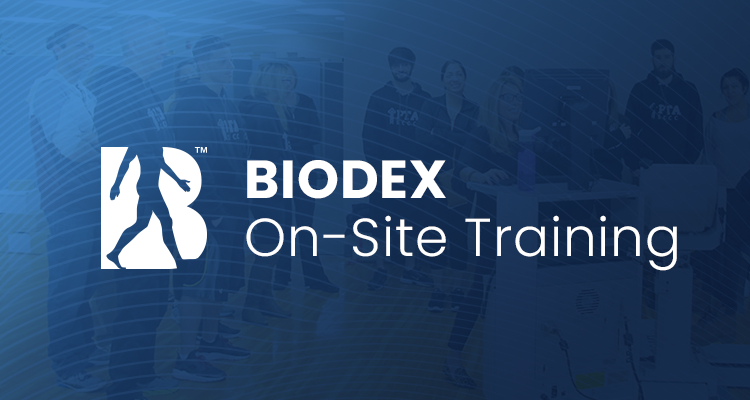Serving the Medical Profession for More Than 60 Years
Biodex Medical Systems, Inc. uses science and technology to drive treatment innovation across physical medicine and medical imaging categories. With a history of manufacturing and engineering excellence that spans more than 60 years, the Biodex™ mission is to provide innovative solutions and customer-driven support to medical facilities and wellness centers around the globe.


